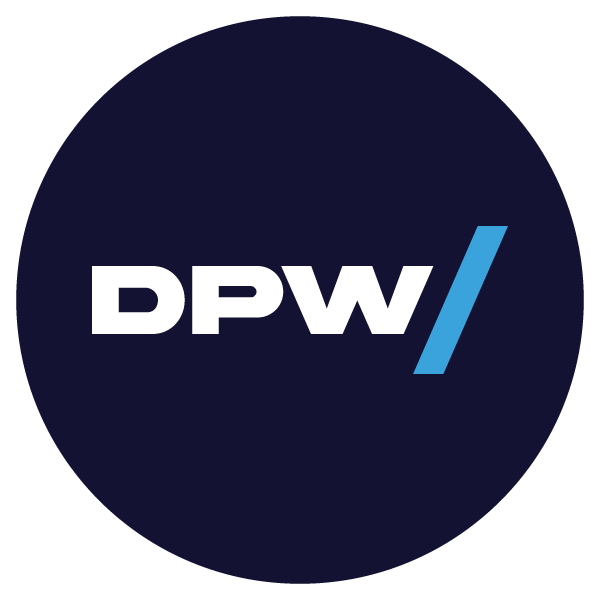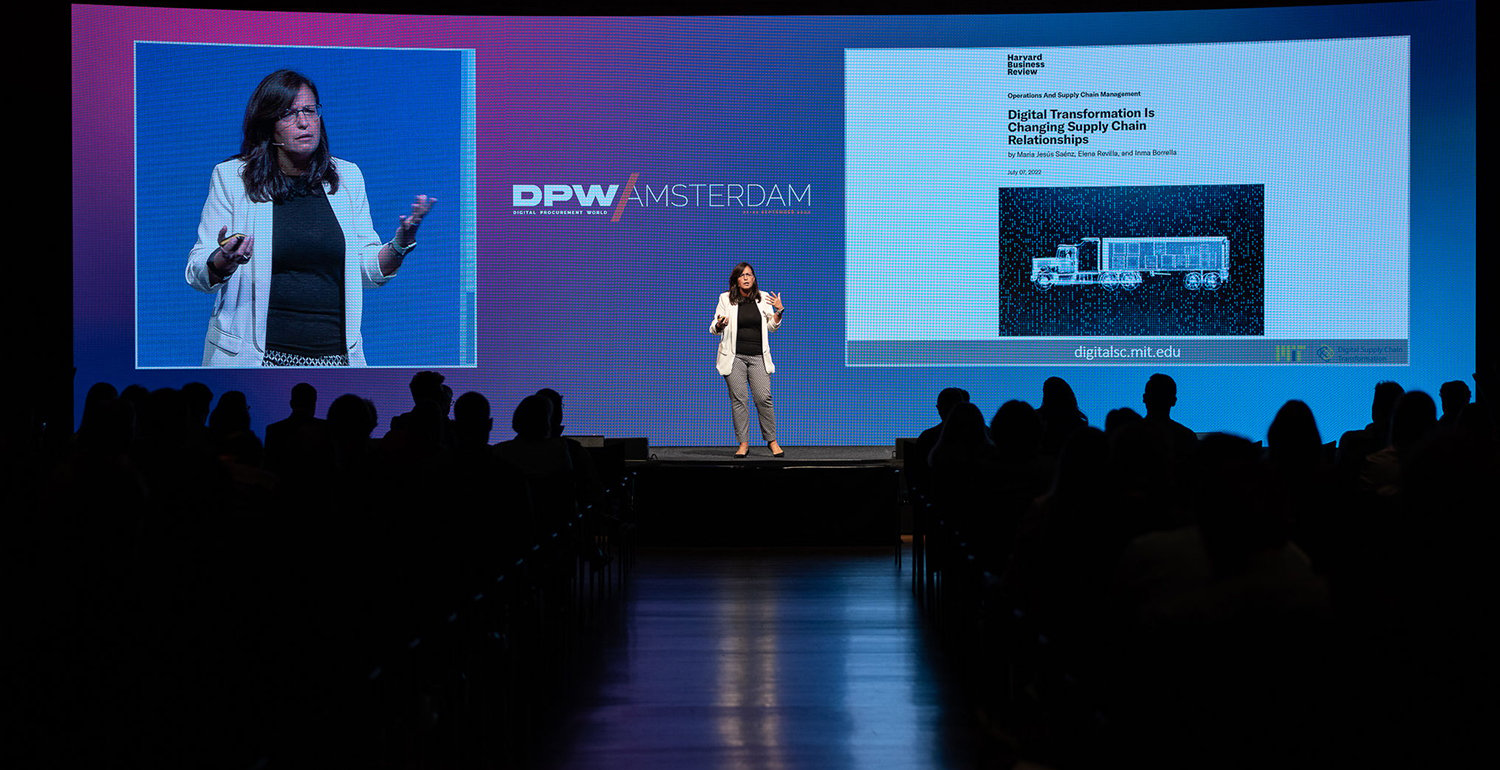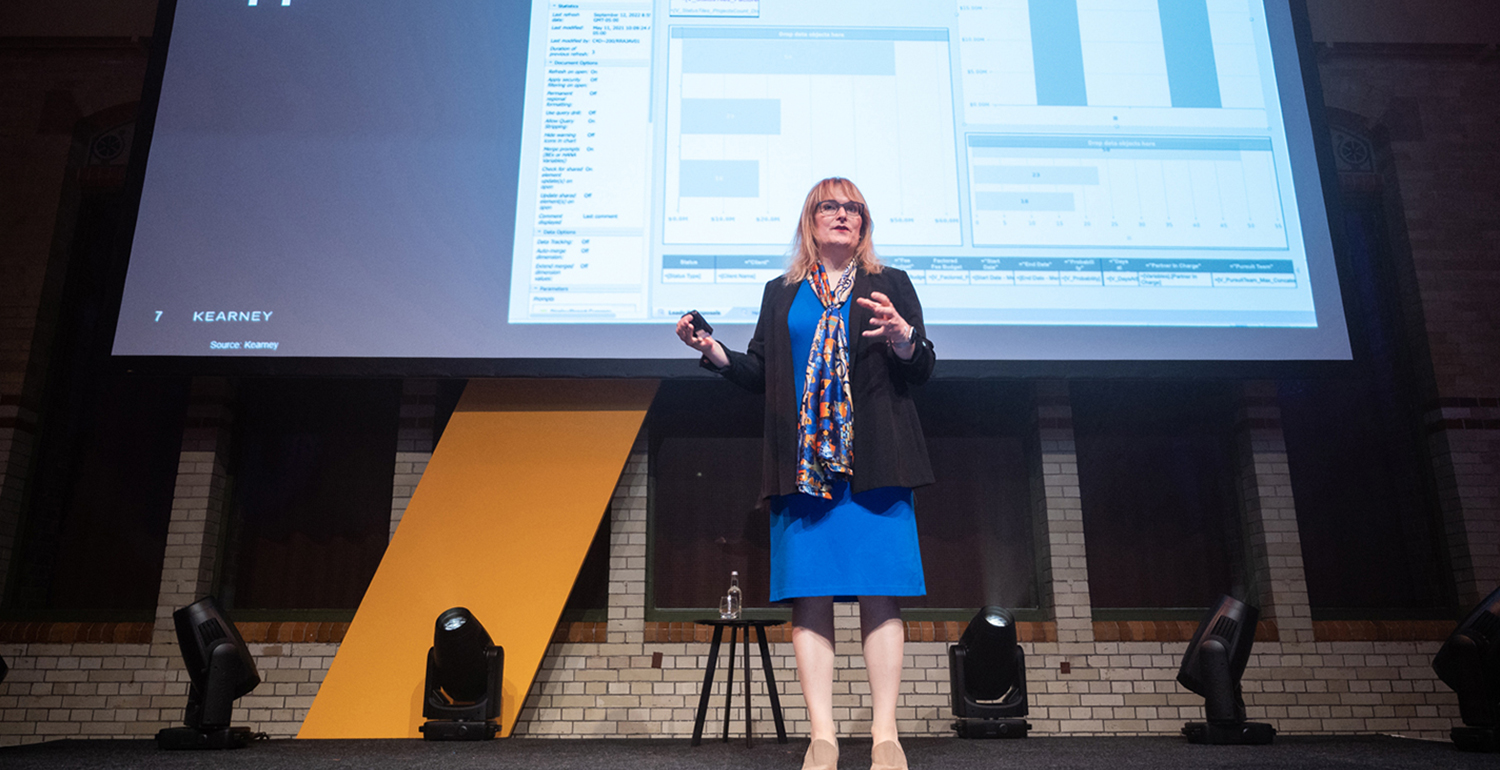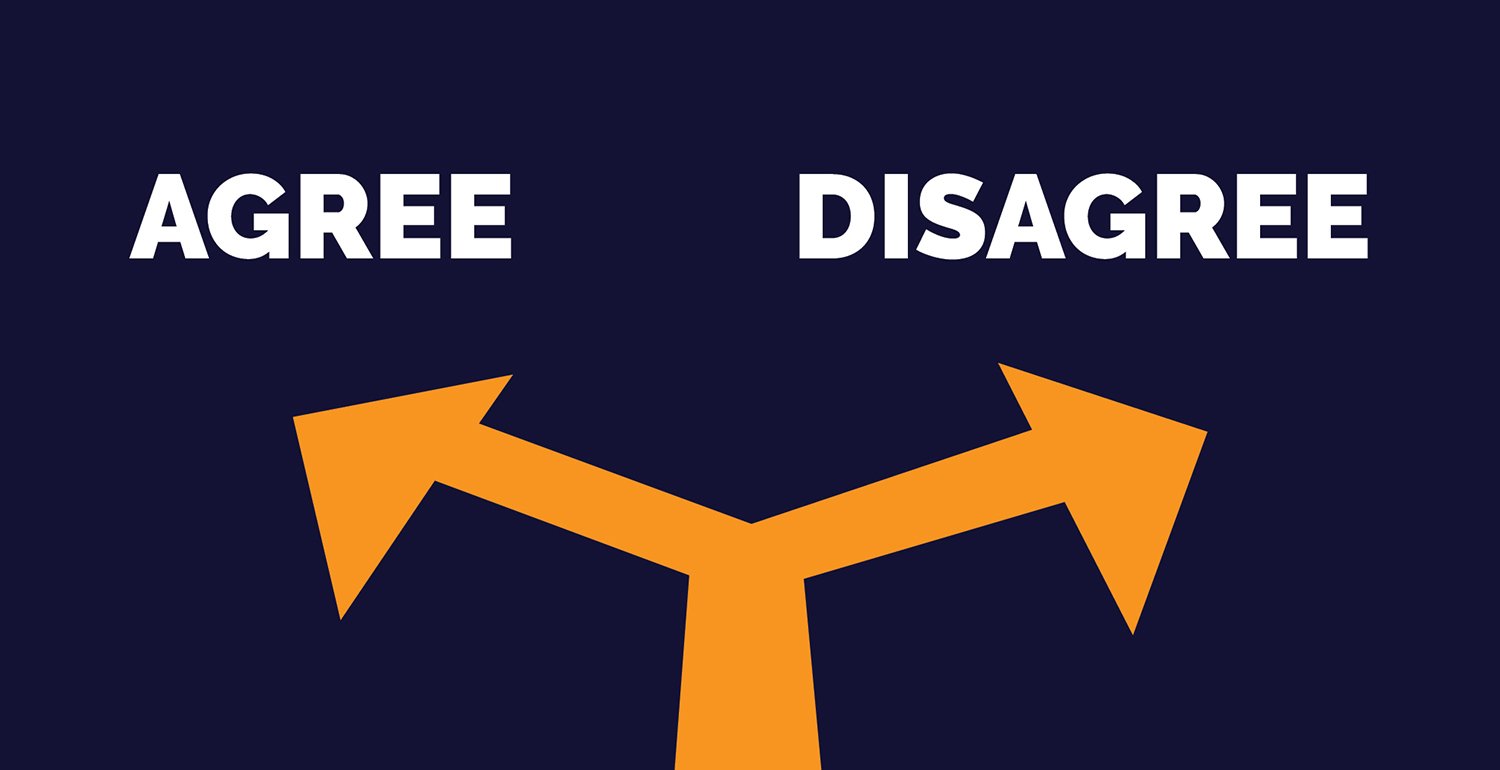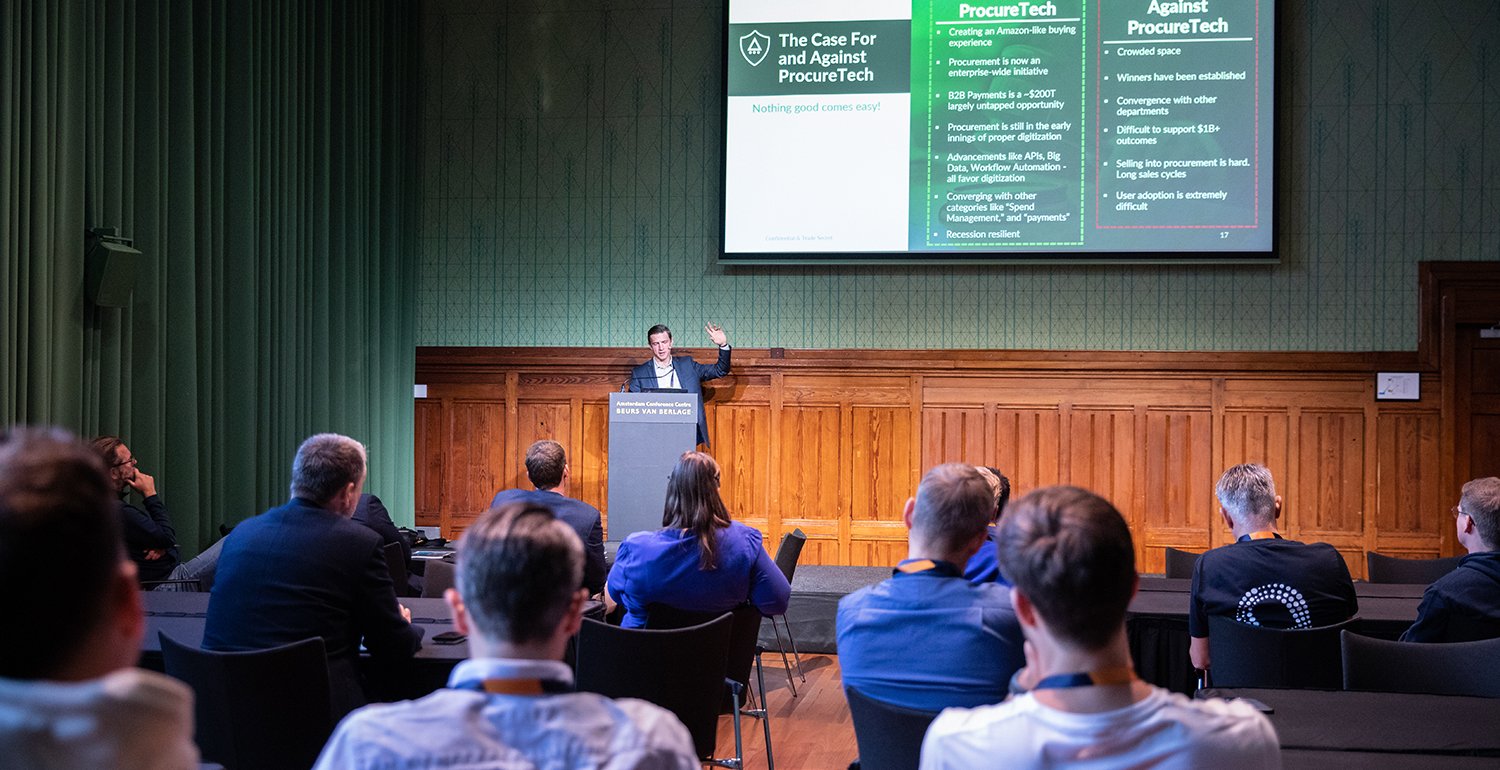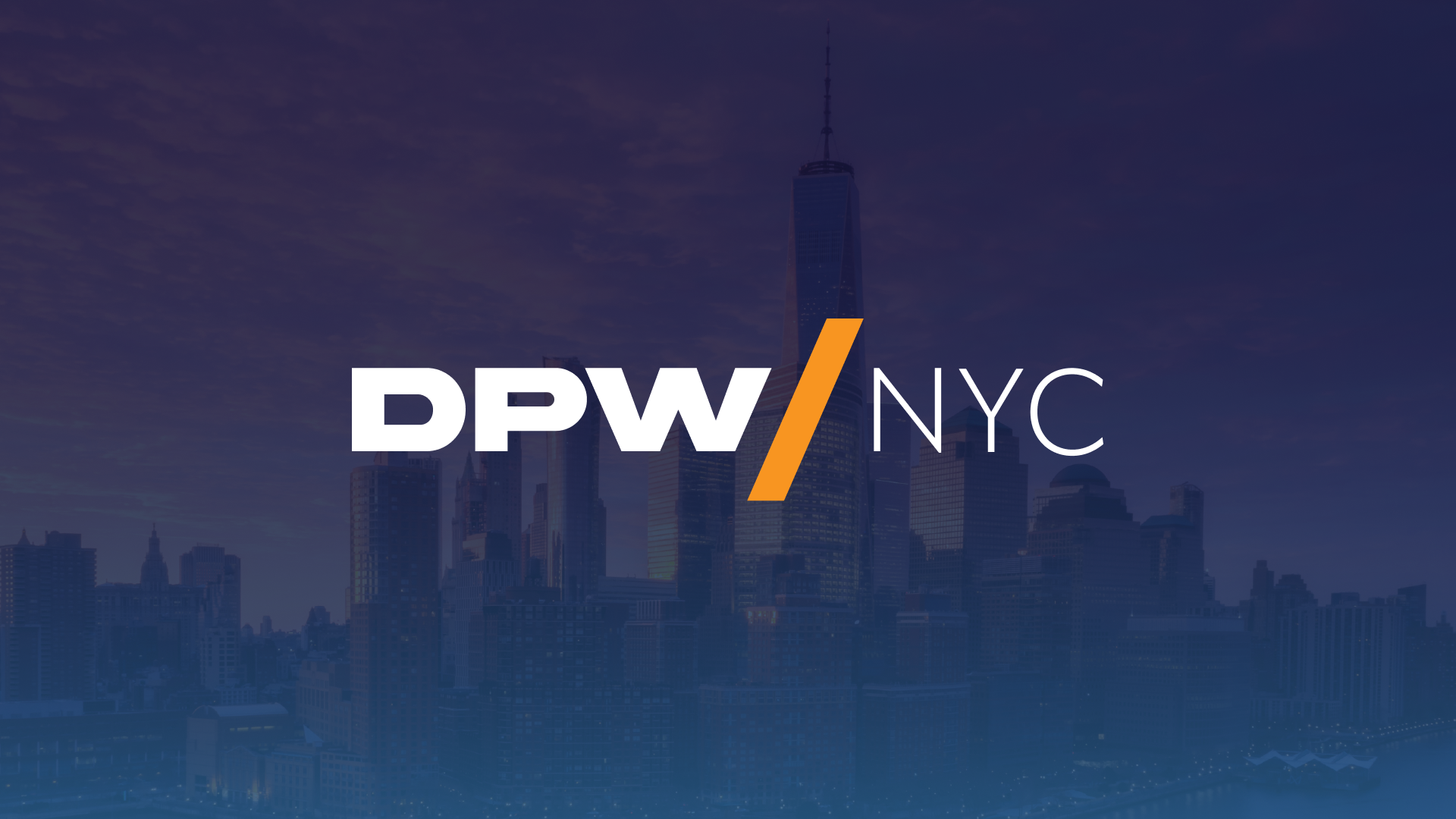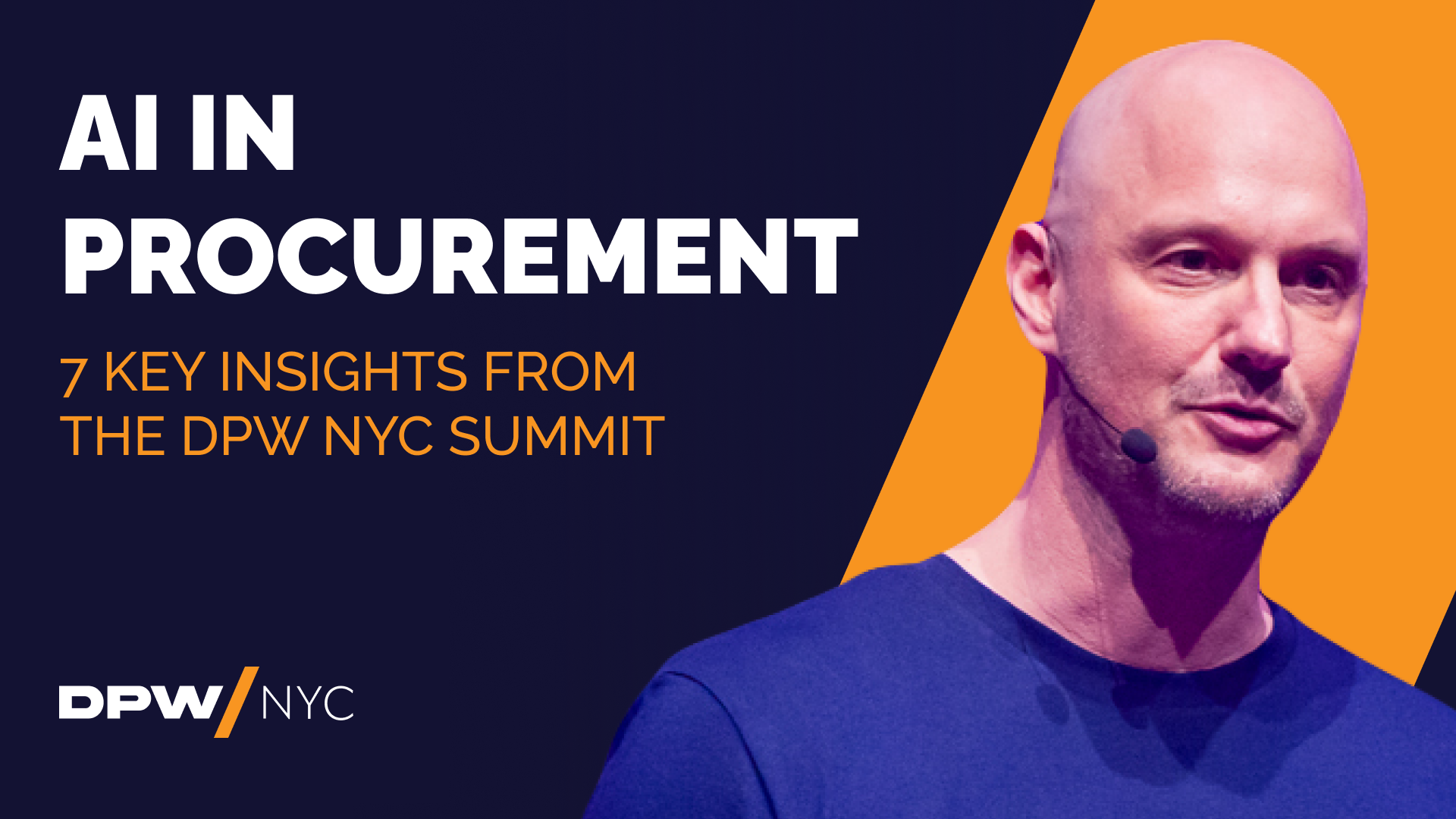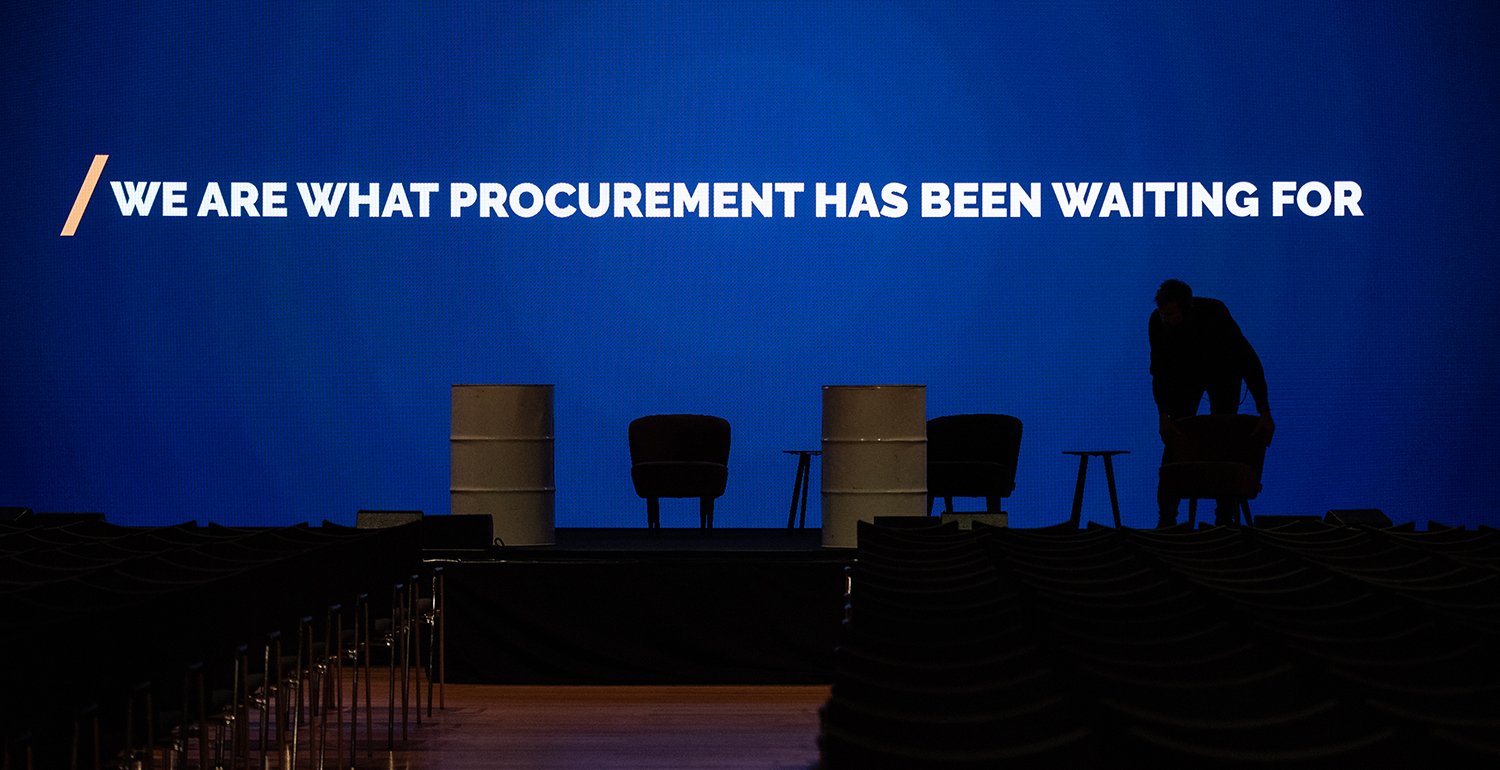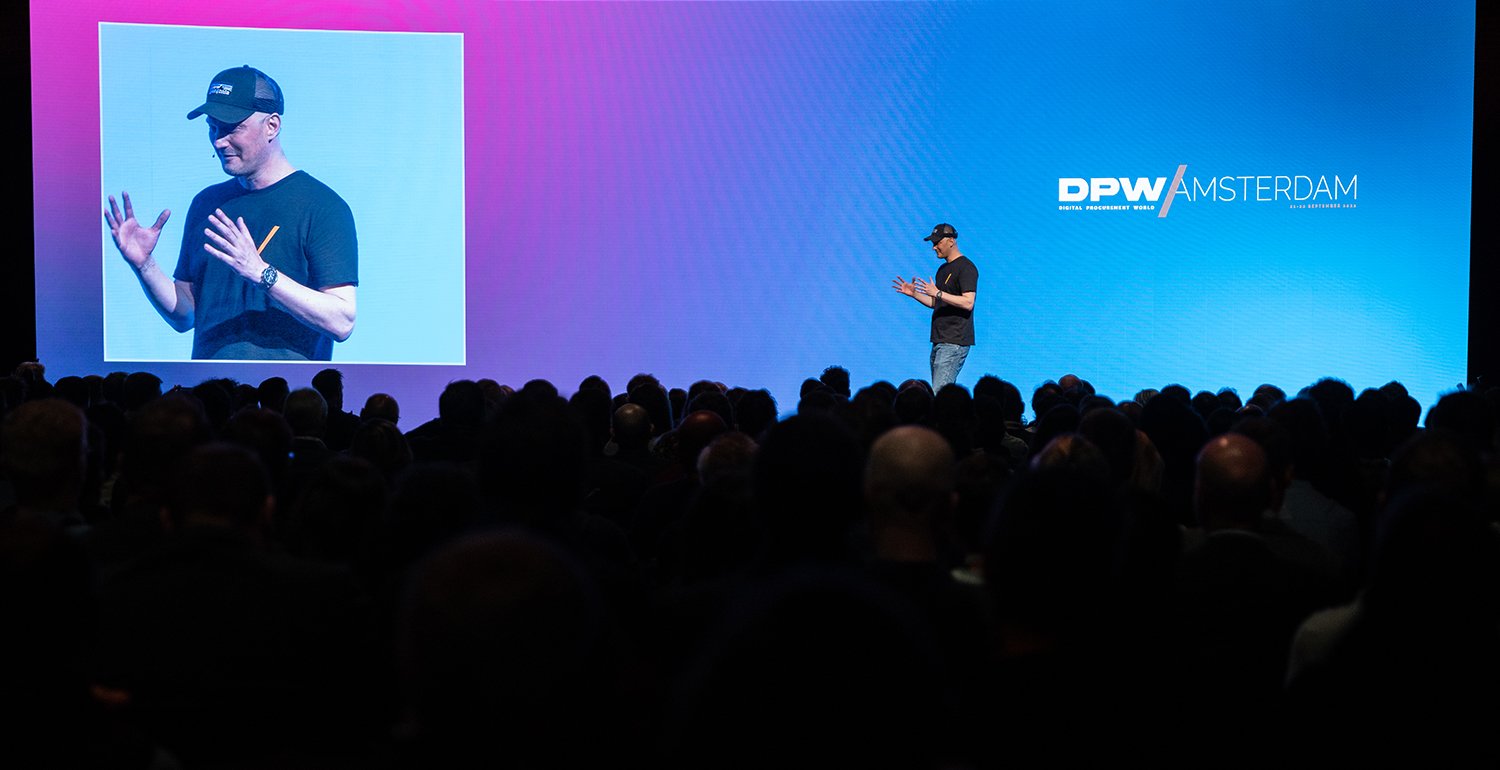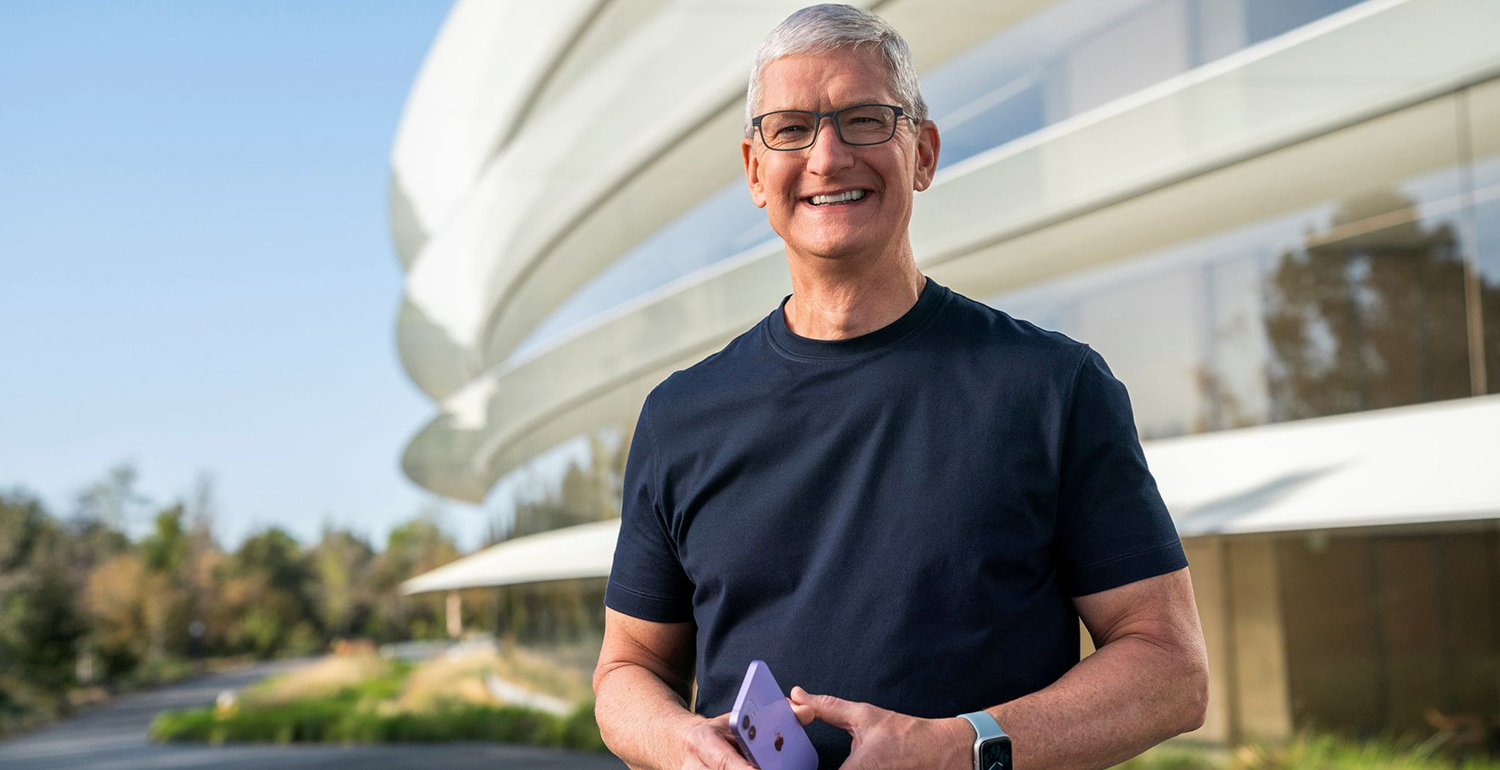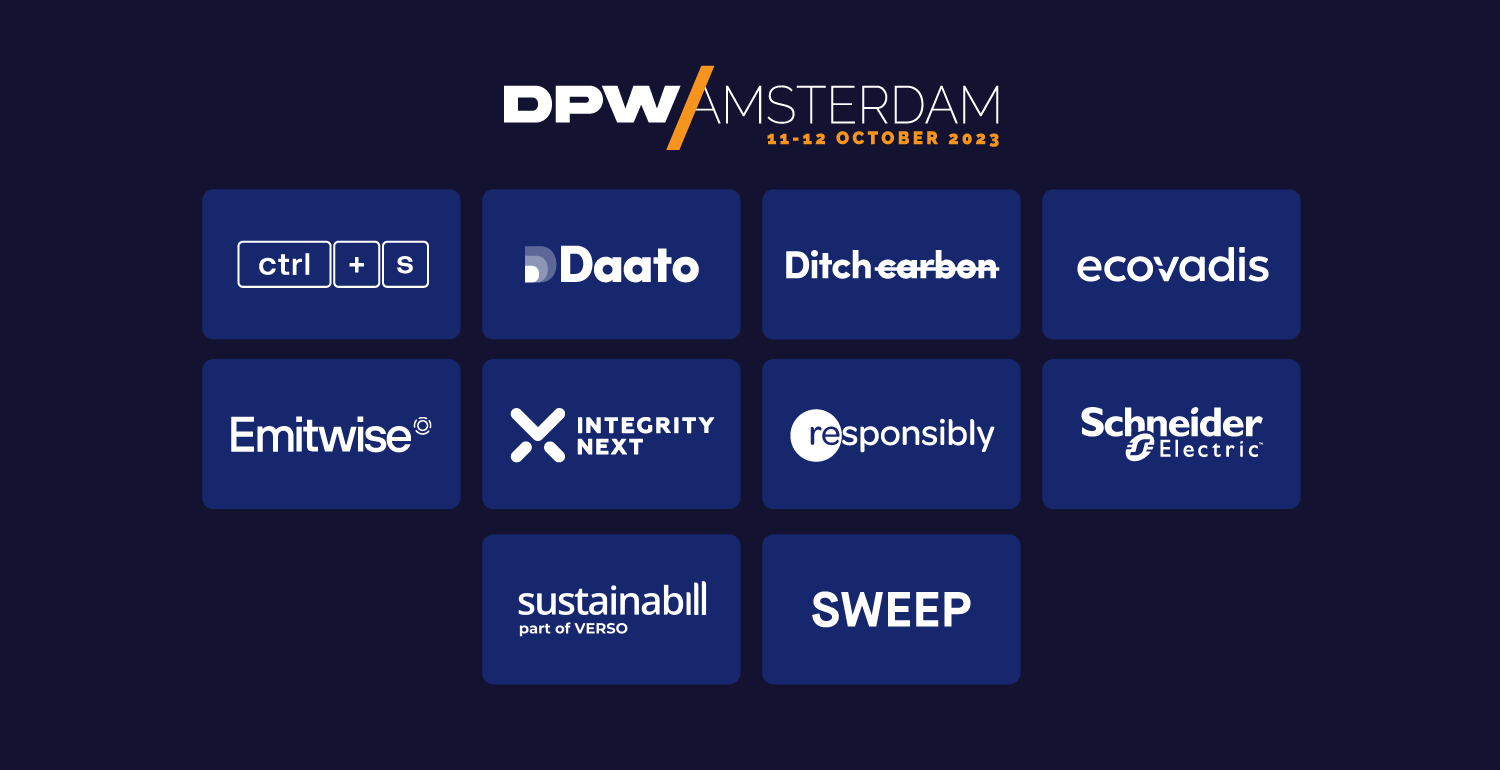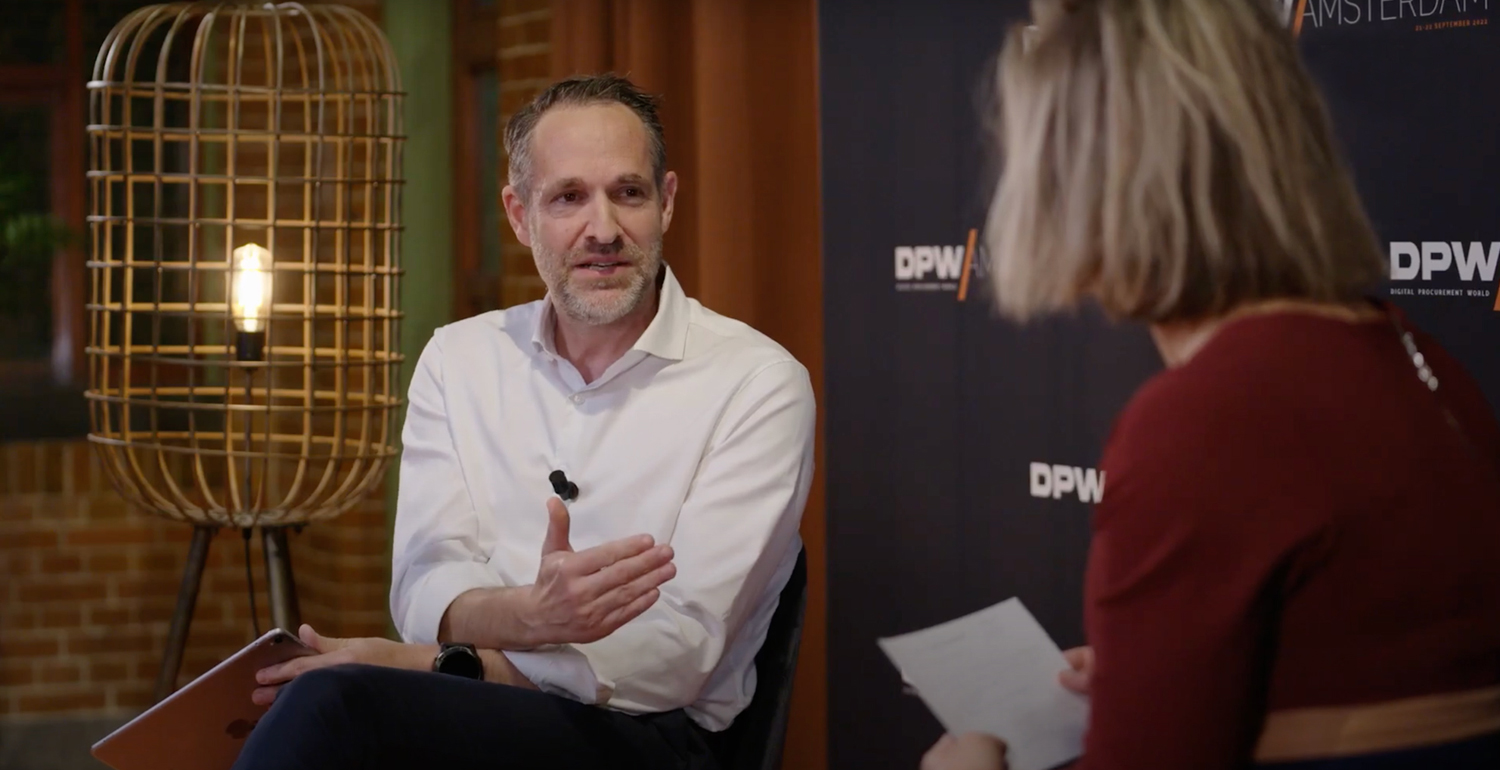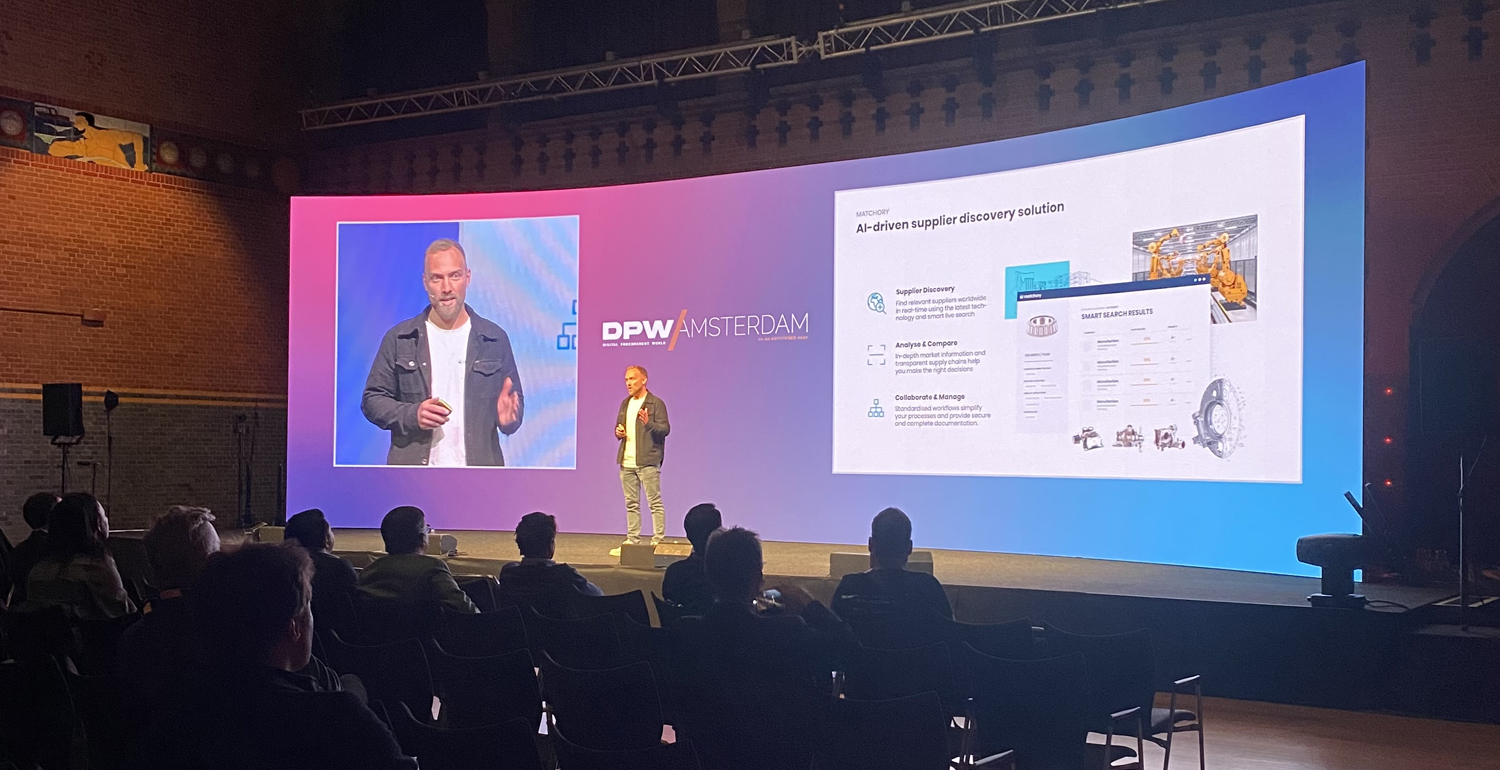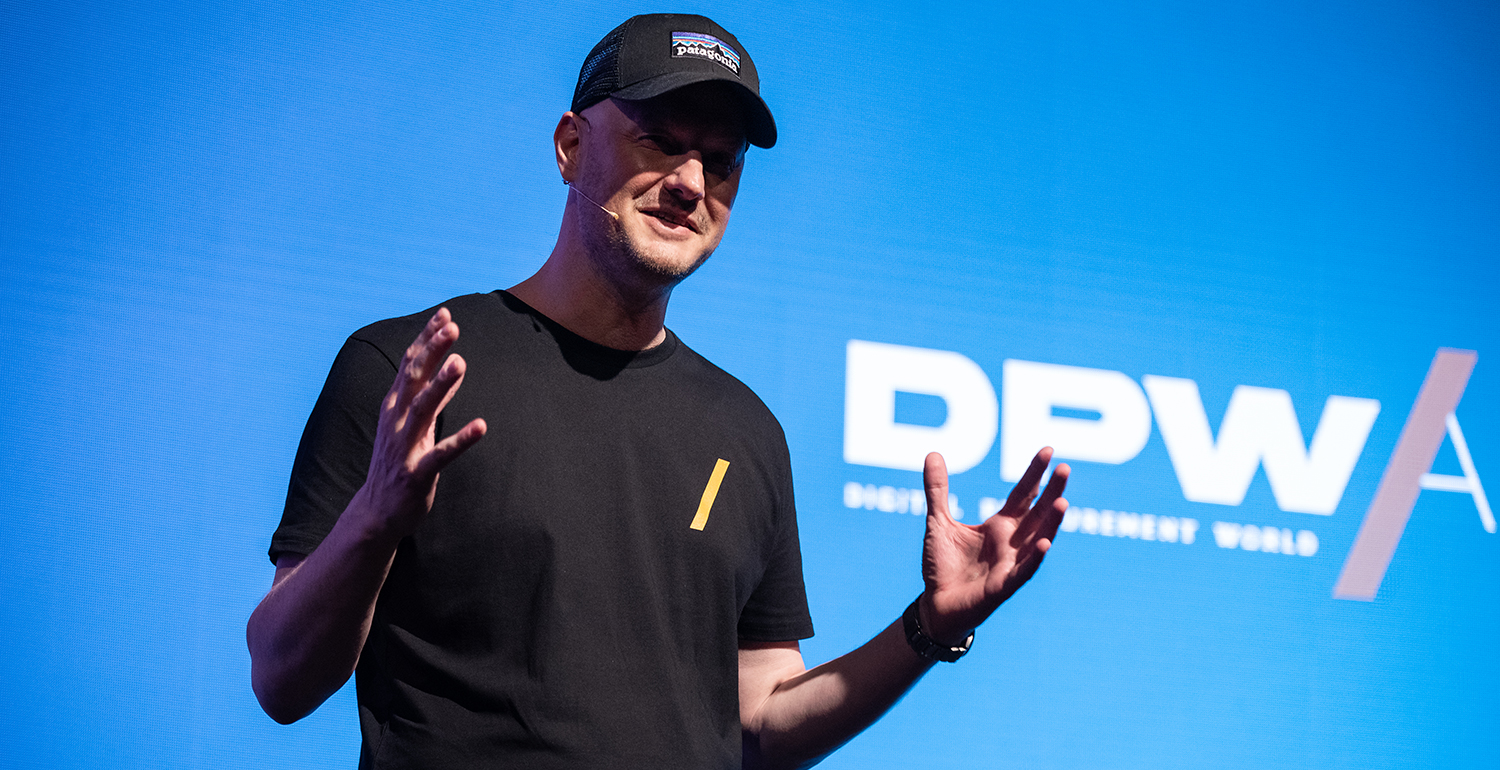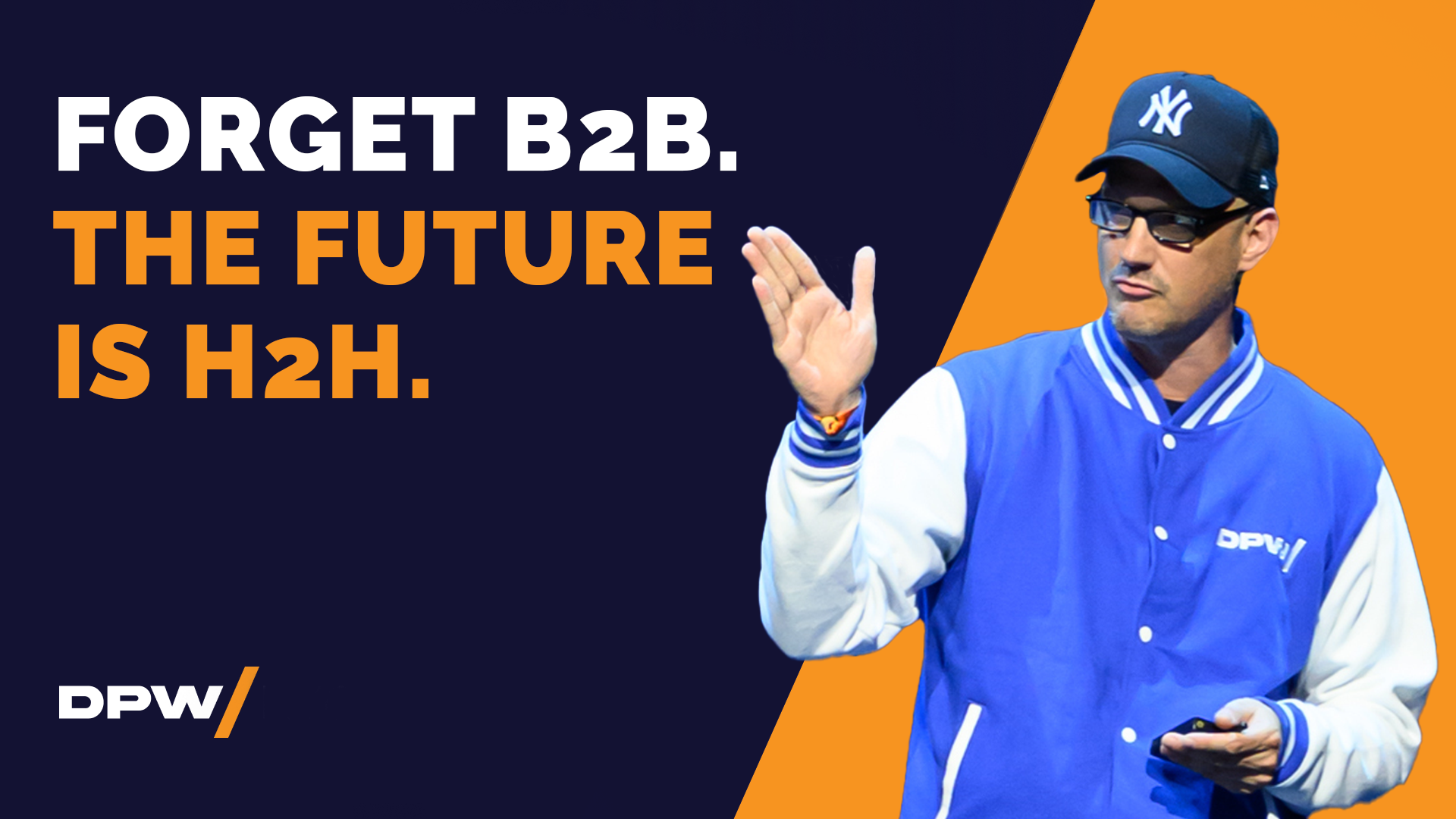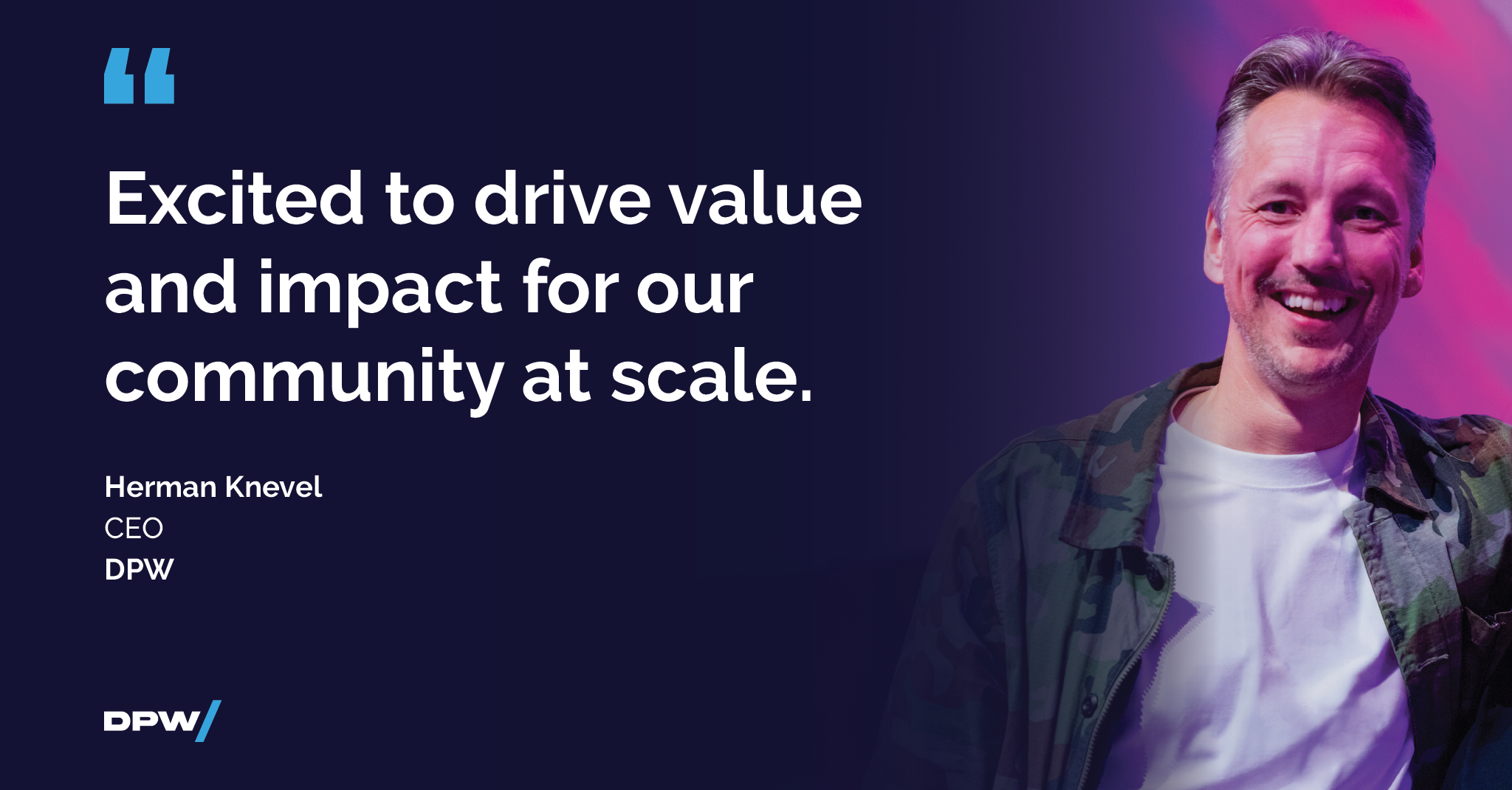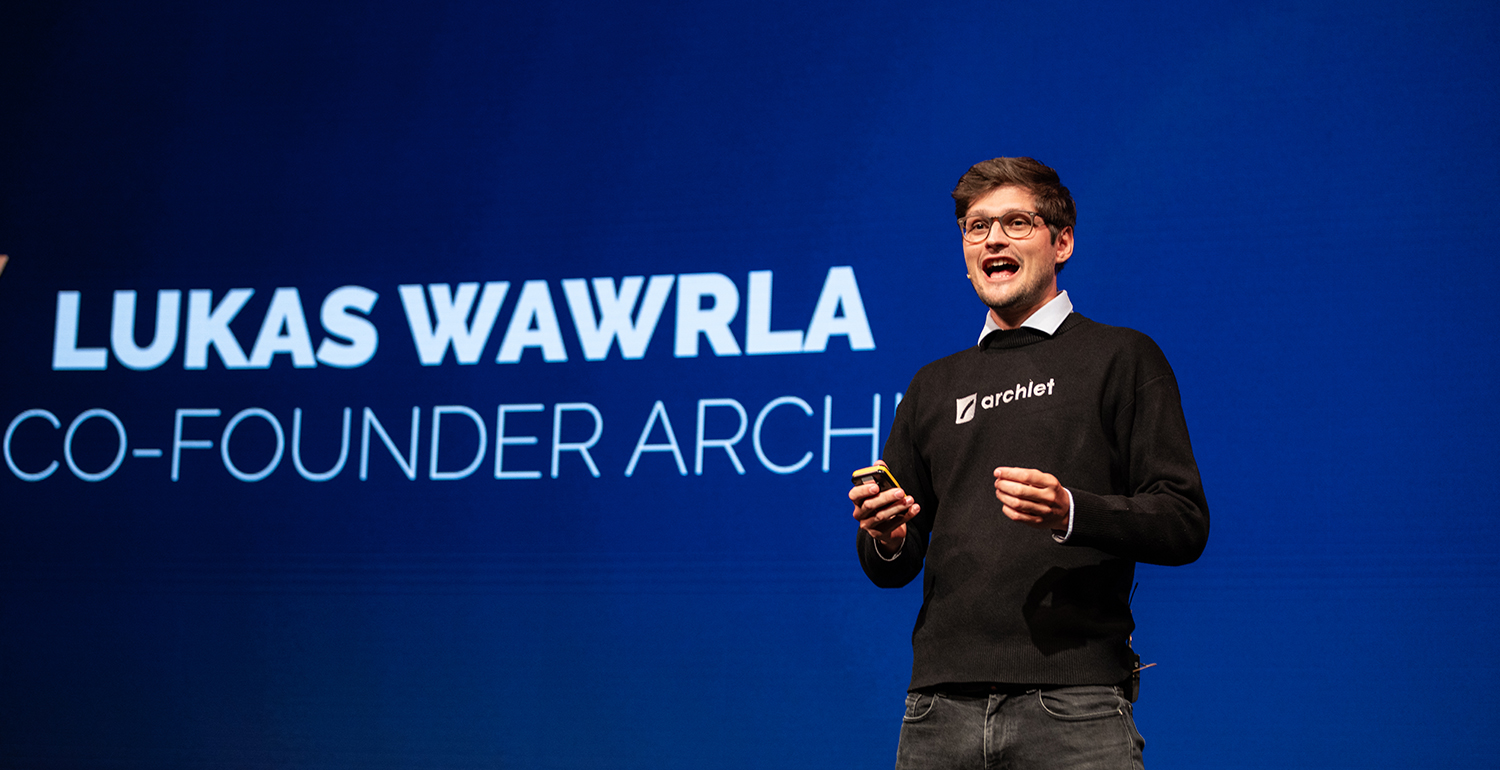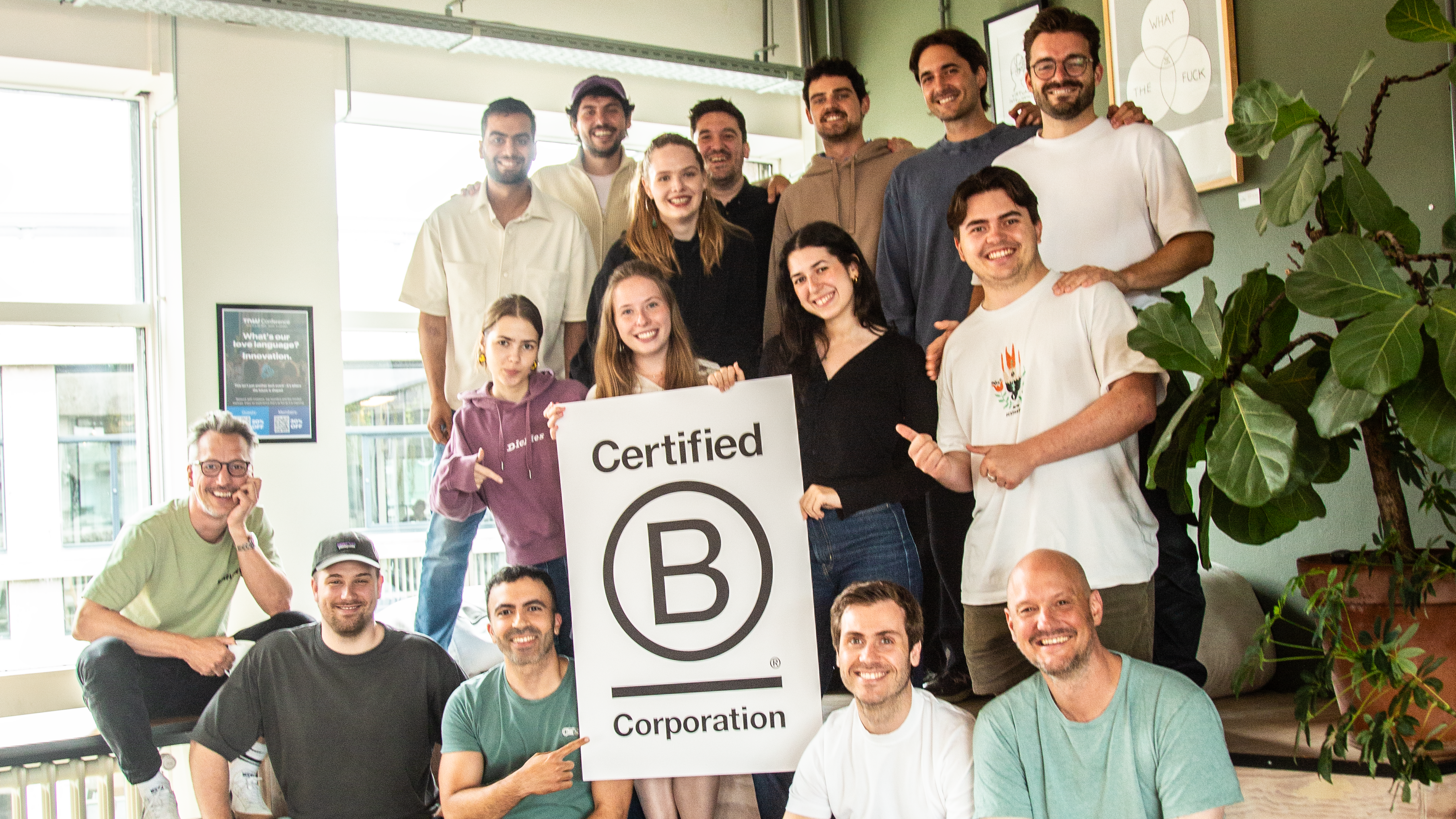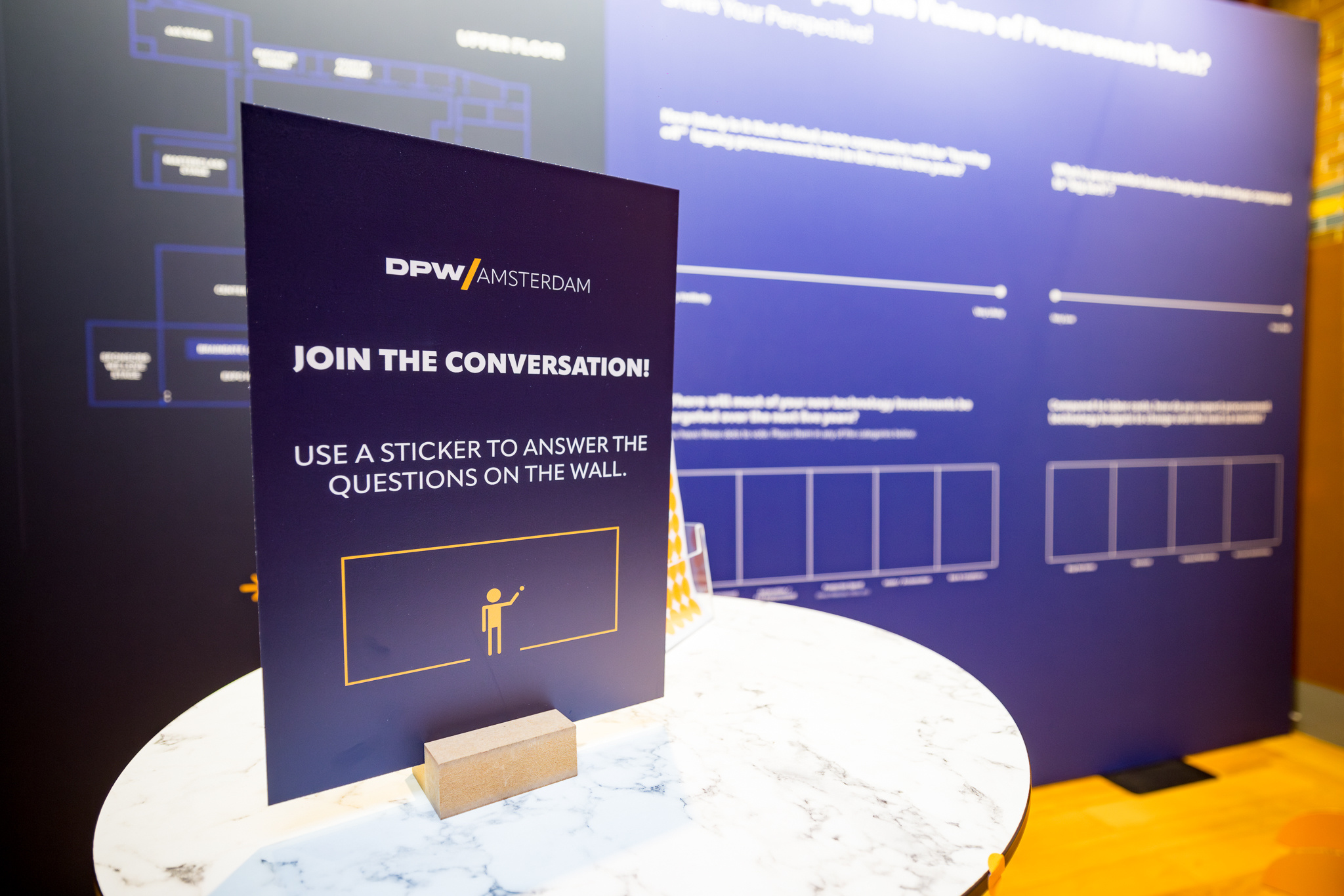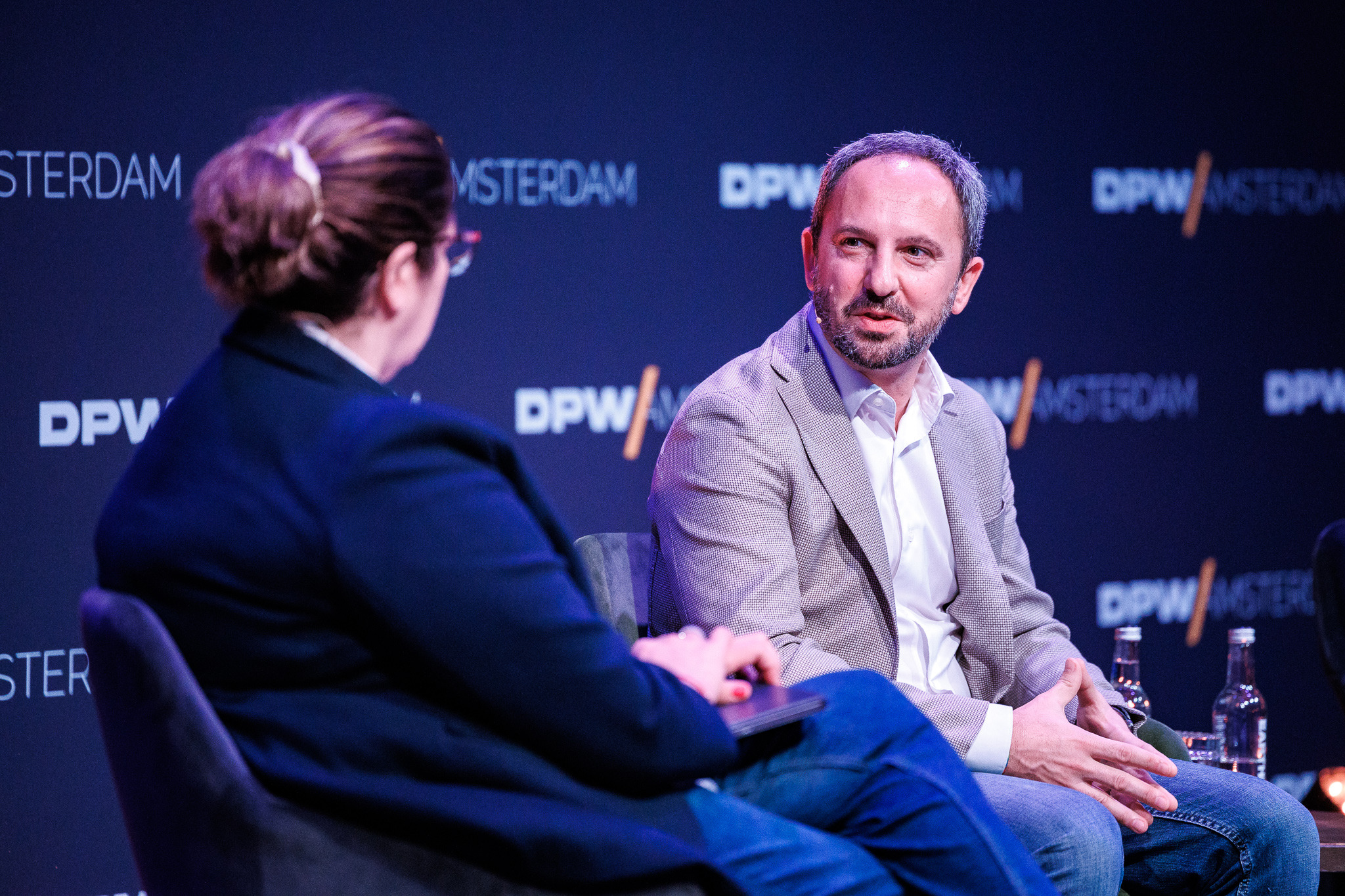CPOs puzzled by digital transformation's impact, opportunities, and approaches.
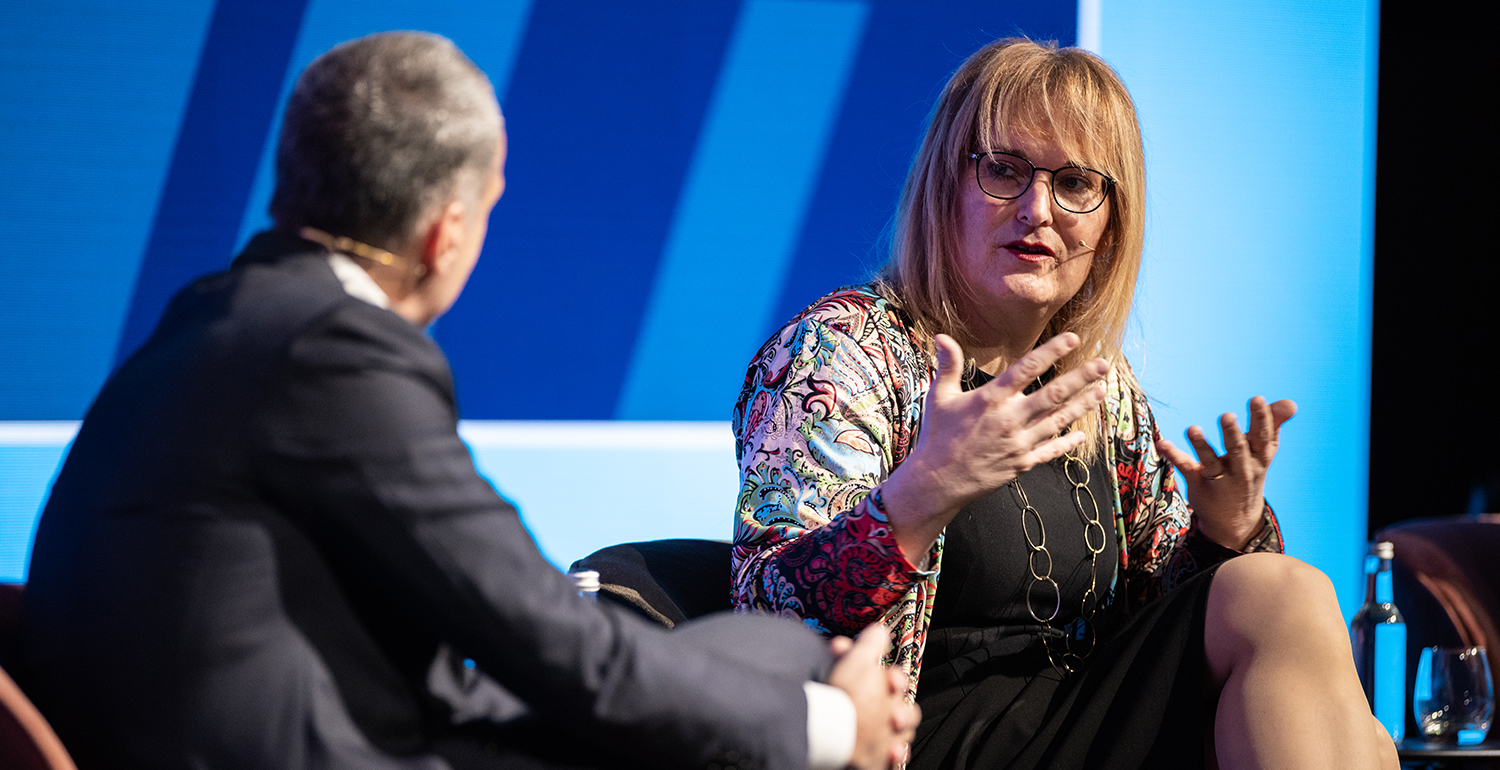
Truly digital procurement isn’t just about using new platforms and technologies—it also requires new ways of working and a determination from the top to drive through meaningful change. Our latest CPO Catalyst roundtable, featuring digital procurement expert and Kearney partner, Dr. Elouise Epstein, discussed the opportunities and challenges facing transformative CPOs.
In recent years, a revolution has taken place in procurement—a transformation that has brought sweeping changes to how functions operate and what they can achieve. Central to these changes is the shift from the old idea of procurement technology that focused on a single, closed-loop, end-to-end system. This has been replaced with the far more flexible ideal of a digital backbone tying together myriad bespoke solutions from different providers—the best of breed ecosystem.
This new way of harnessing procurement technology transforms how companies can carry out specific elements of the sourcing process, driving efficiencies as well as helping accelerate growth and add strategic value to the wider business.
Procurement leaders still face many challenges making digital work
Despite the huge advances being made, teething problems remain, and many CPOs are not taking full advantage of what these new ways of working can deliver in terms of elevating the role of the function. To discuss what procurement’s digital future will look like and how to overcome the obstacles still holding functions back, we invited a panel of leading CPOs to discuss the key issues.
We began the session with a presentation from digital procurement expert Dr. Elouise Epstein, partner at management consulting firm Kearney and author of Trade wars, pandemics, and chaos: how digital procurement enables business success in a disordered world. She outlined how the Future of Procurement should look and the steps CPOs need to take to make this vision a reality.
Here are five key takeaways from the discussion that followed.
How CPOs can drive their functions toward the digital future and overcome the remaining roadblocks:
1. Position procurement as a transformation driver across the business
One of the major challenges for procurement leaders in their transformation efforts is the battle for resources. “We’re still competing for funding and resources against all the other company-wide initiatives, especially ones that are customer facing,” one participant explained. “We wish we could do all these things, but we have to compete with other priorities.”
One idea highlighted to combat this and elevate procurement’s standing was for CPOs to position themselves as the “CEO of the bottom line,” because how companies spend their money has huge effects on not just organizations’ P&L but also their ESG strategy—more directly than any other part of the business.

Roundtable attendee“We’re still competing for funding and resources against all the other company-wide initiatives, especially ones that are customer facing. We wish we could do all these things, but we have to compete with other priorities.”
A central theme of the roundtable was that digital transformation can help procurement functions add far greater strategic value and top-line growth to an organization, and CPOs need to be consistent and insistent in selling these benefits to the business as a whole.
2. Own the relationships with key vendors
Securing investment in new technology and digital solutions is only half the battle, however. Once investment decisions are made, too many CPOs then fail to take ownership of the relationships that will make the new technology work.
Too often CPOs leave the heavy lifting to the IT department and join the conversation with these key vendors too late, and so they fail to identify and communicate what exactly are the function’s aims, ambitions, and pain points. One participant explained why she felt it was so important for her to be in discussion with a major procurement technology vendor from the very start: “If I’m not involved driving what we expect, then who is?”
3. Put user experience at the heart of procurement’s digital transformation
With bespoke solutions that promise improvements in highly specific areas of the sourcing process arising every day, it can be easy to lose sight of the big picture. As Dr. Epstein explained, however, the final goal is not to offer users access to one hundred and one different platforms. Rather, procurement leaders must aim to take the complexity out by delivering a seamless, fully integrated system that guides business users toward getting what they need in the simplest way.
“I don’t care about all the logos, I don’t care about all the different capabilities,” she said. “I just want to be able to, very quickly and intuitively, click on what I need and where.”
4. Don’t allow supplier experience to be treated as an afterthought
For procurement leaders, perhaps an even greater challenge than improving user experience is presented by the current—generally far lower—standard of supplier experience. One roundtable participant expressed frustration at the stark contrast between the high levels of CRM businesses expect, and the poor levels of supplier relationship management they are willing to tolerate. “Companies are geared as selling machines, so the sale side of the business is well developed—the buy side is not; it’s actually very poor.”
The panel offered many suggestions for improving the supplier experience, whether that be ensuring supplier profiles need only be created once or getting rid of routine and often redundant questions from RFPs. Additionally, sticking to the theme of harnessing all the solutions available, one suggestion was not to onboard smaller suppliers at all but rather to use those third-party vendors that can handle supplier details and data, contracts, and payments for you.
5. Pursue procurement’s digital transformation more ruthlessly
The above is just one example of how, even though this new deconstructed and digital way of doing procurement is not without its difficulties, there will always be innovative ways to overcome the challenges. Today’s CPO needs to seize the initiative, revolutionizing the way they source services and goods—and not just allow their teams to innovate incrementally without any real desire to rethink and redefine procurement’s outdated, analog operating models.
By adopting this more aggressive mindset in pursuit of the function’s future state and clearly outlining their vision, goals, and objectives, forward-thinking leaders can create real impactful change, not only within sourcing but across the entire organization, bringing to life Dr. Epstein’s closing line that: “This is truly the most exciting time to be in procurement.”
Click here to read an exclusive excerpt from Dr. Elouise Epstein’s thought-provoking new book: Trade wars, pandemics, and chaos: How digital procurement enables success in a disordered world.




